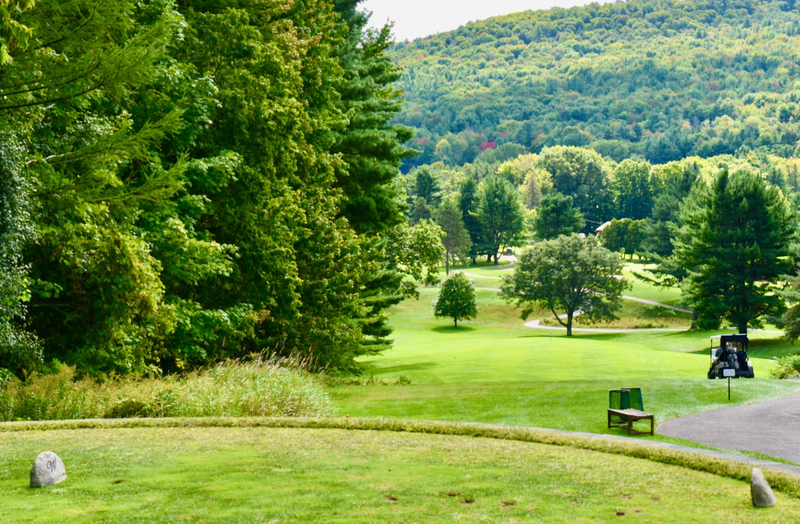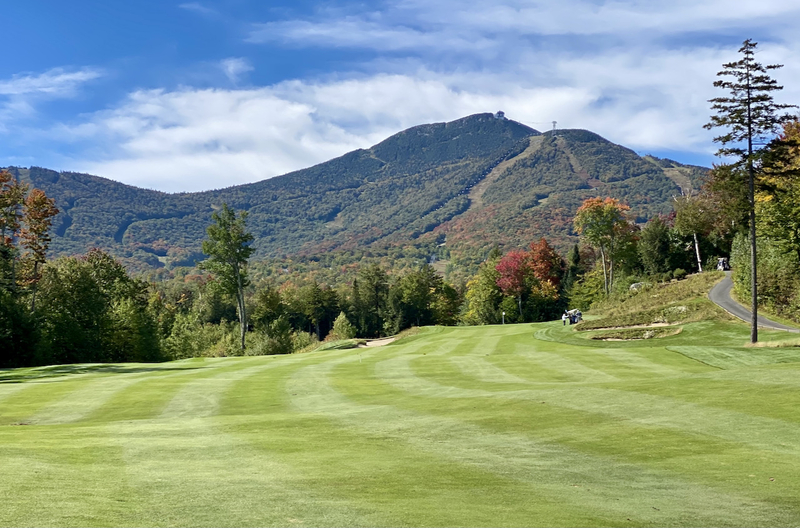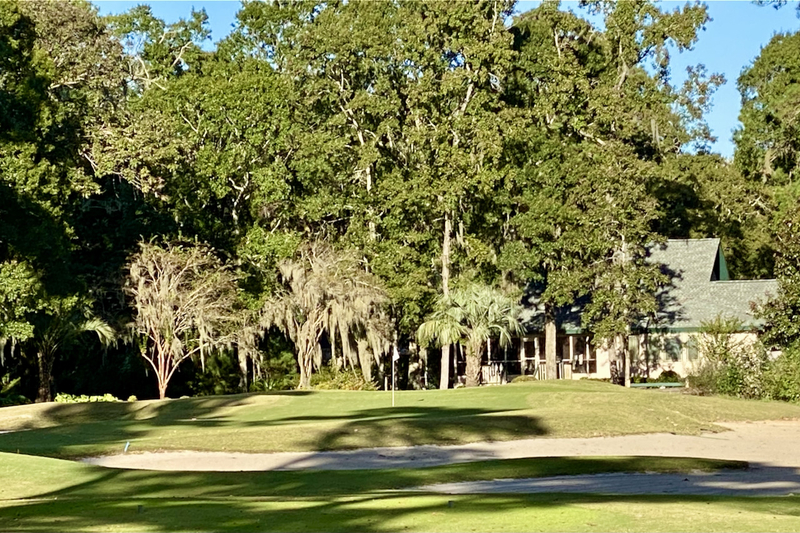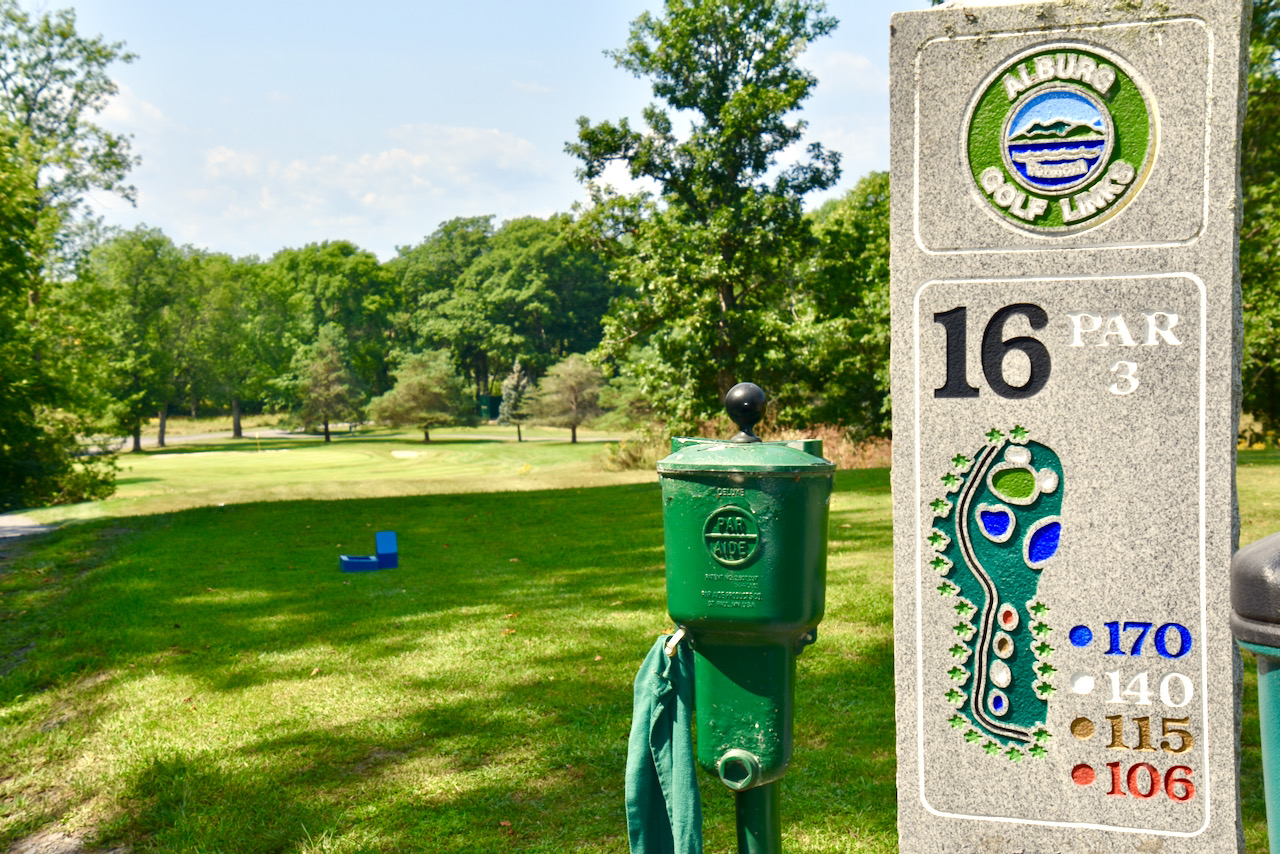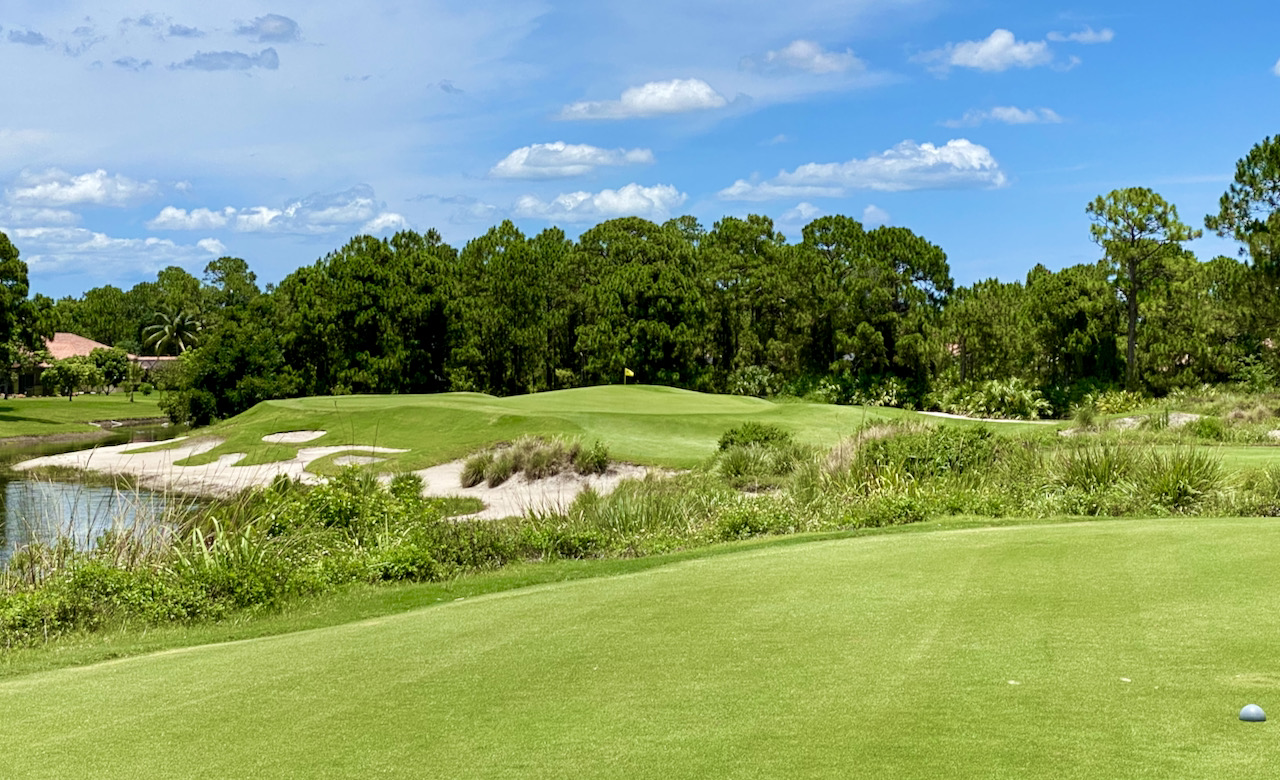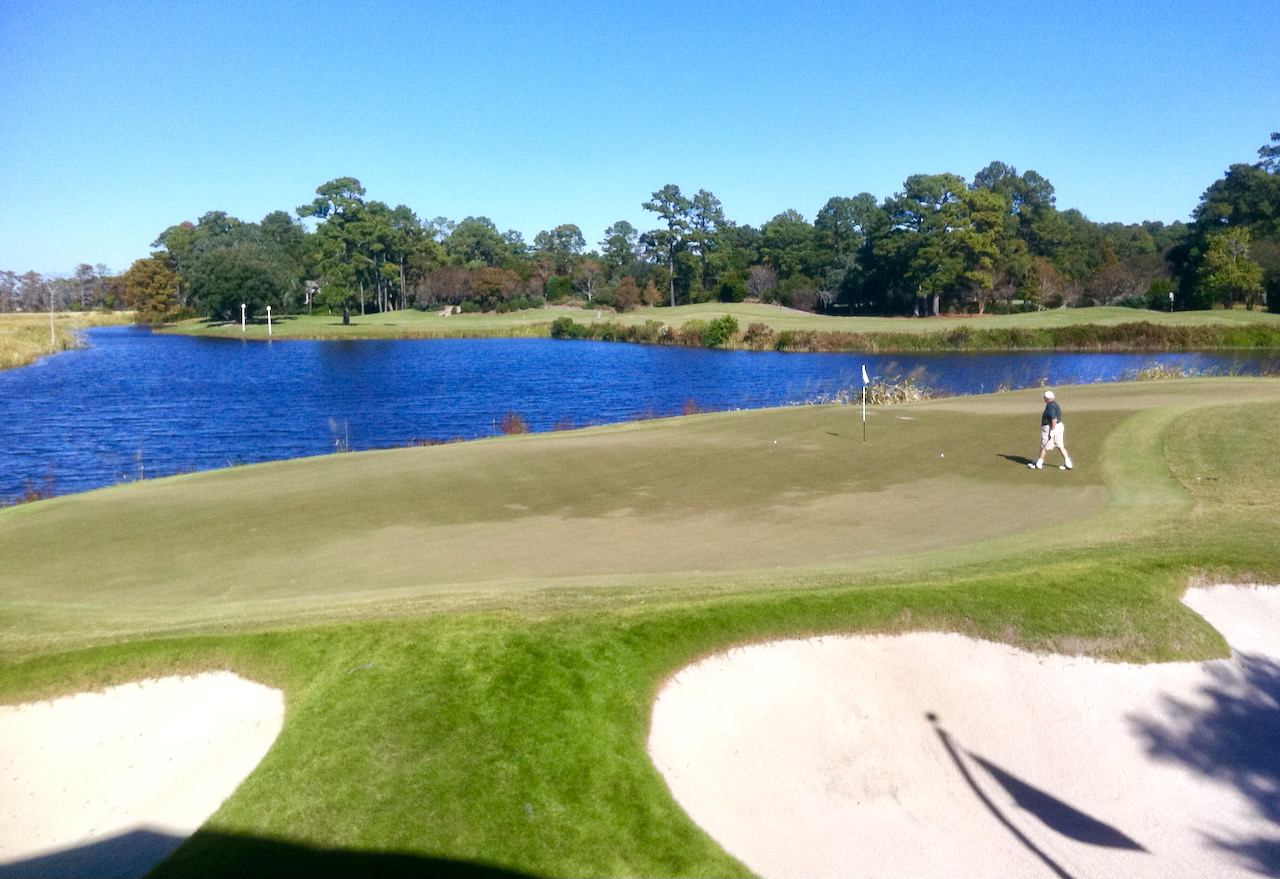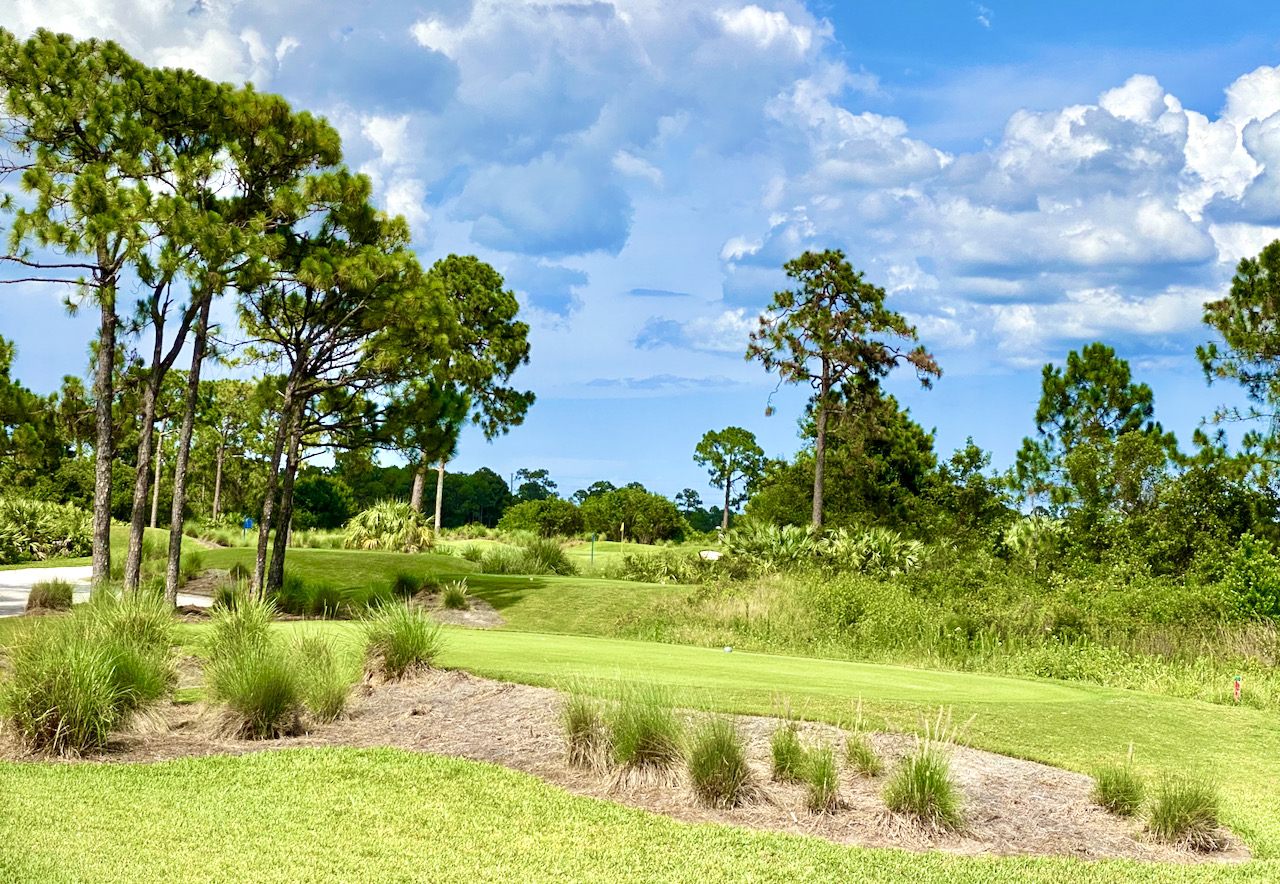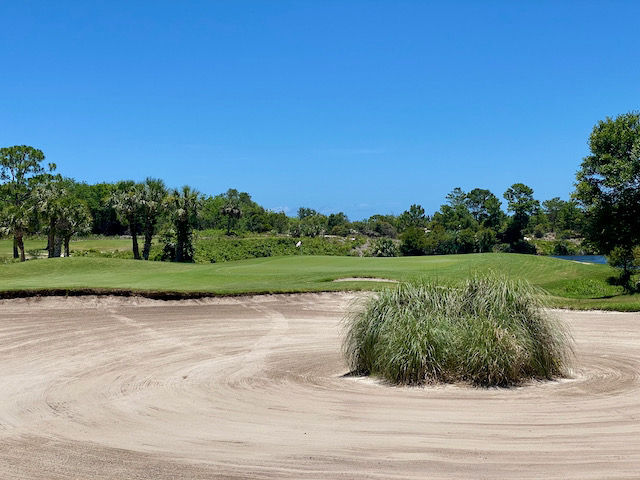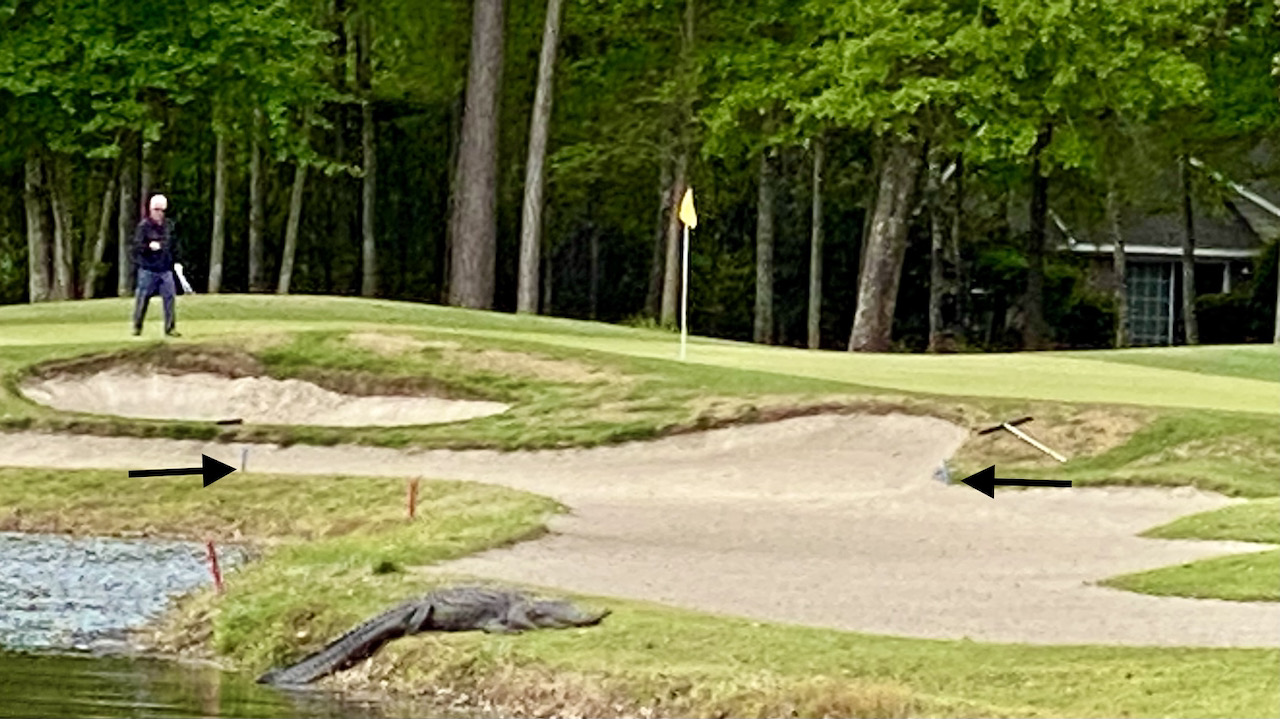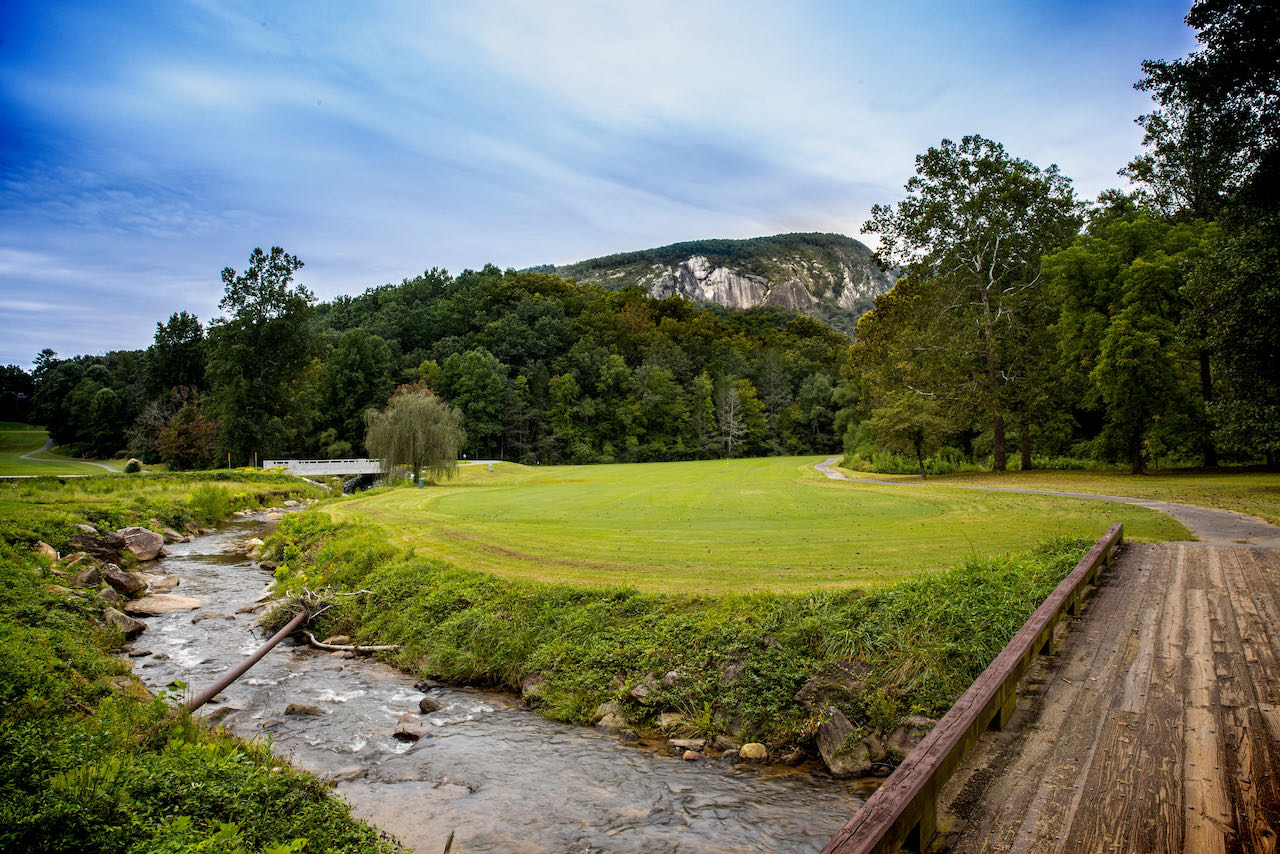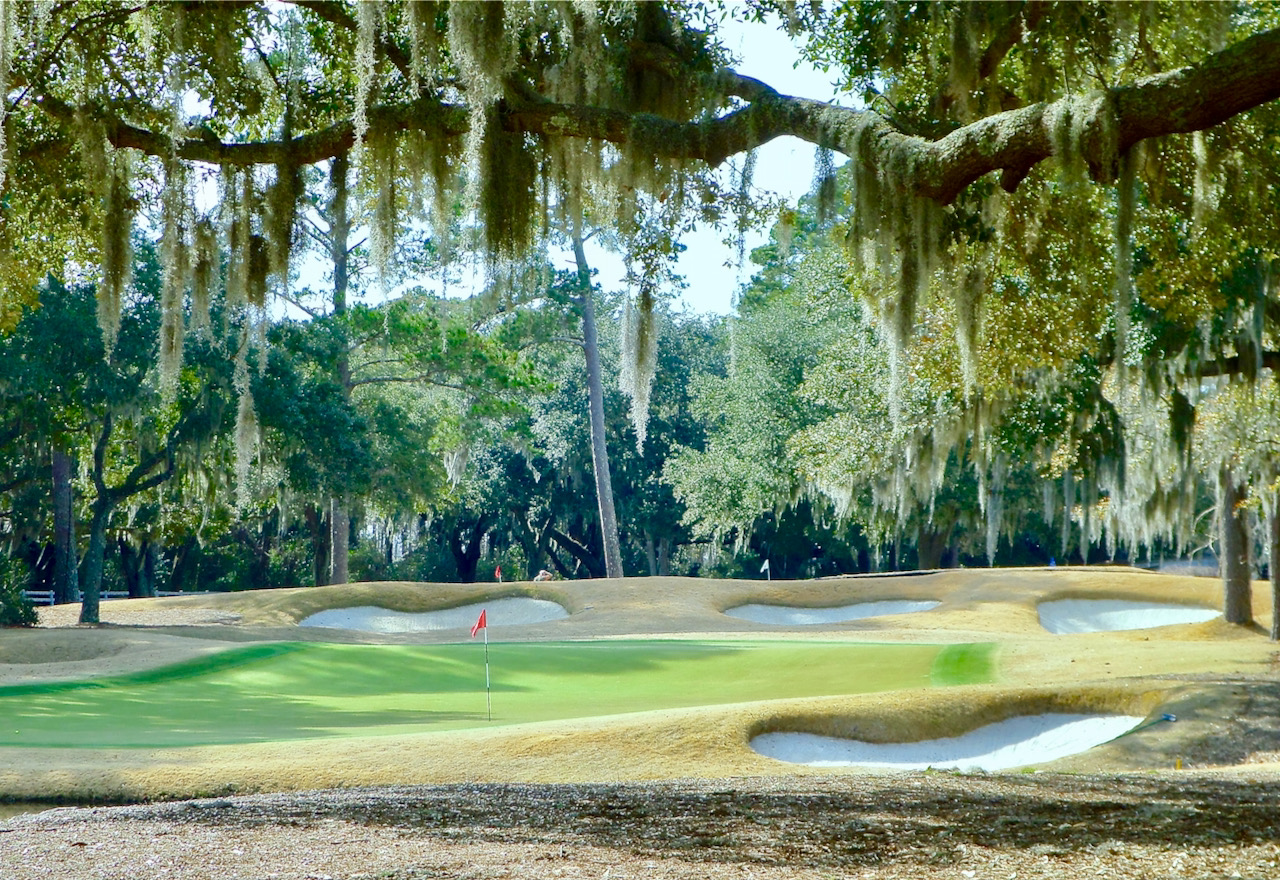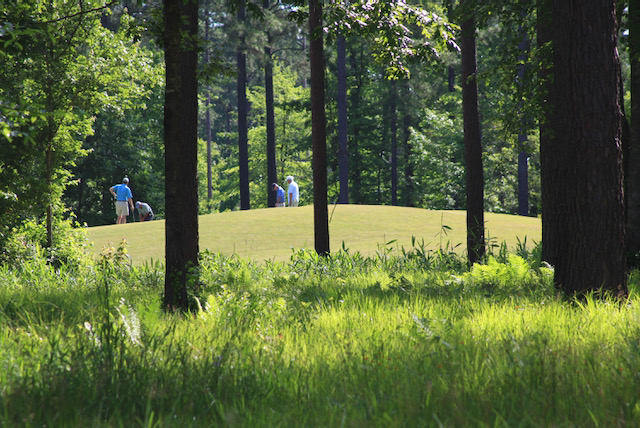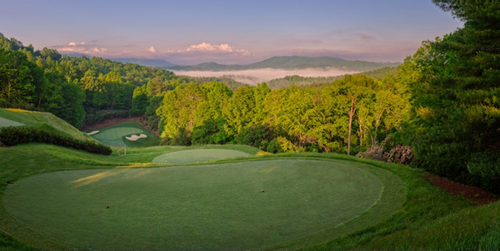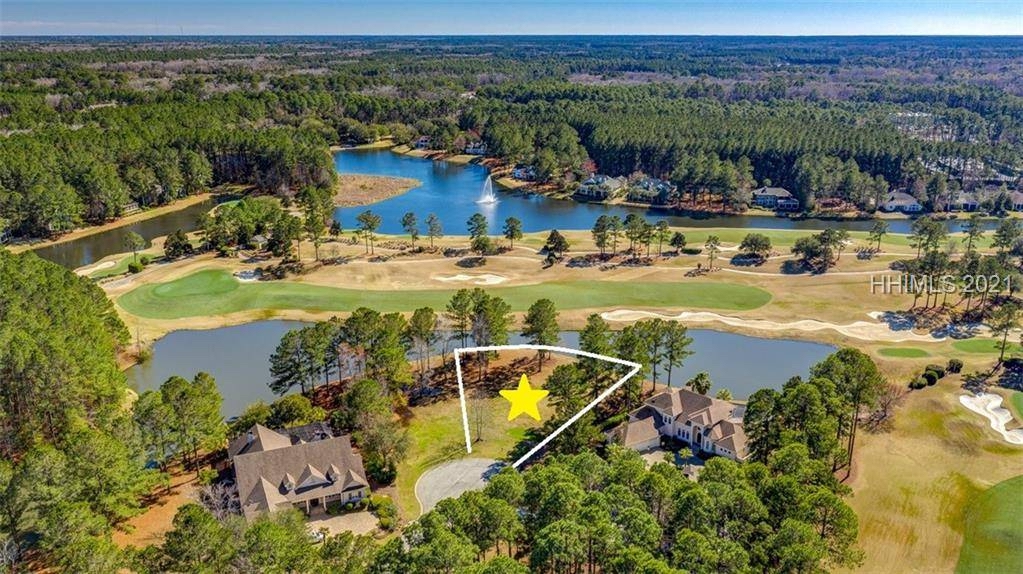I have criticized the National Association of Realtors here many times for its unremitting Pollyanna approach to markets. The organization's economists never met a housing situation, good or bad, that they didn't think was better than the data indicated. They pumped sunshine into the market even as most analysts saw that the sub-prime lending problems would bring everything to a halt -- and worse.
That aside, the NAR does have access to the most up to date housing market data through its thousands of Realtors across the country. You don't have to be a member, though, to take advantage of their number crunching. Courtesy of Don "Toby" Tobin, one of the best real estate bloggers (GoToby.com), click here for a link to an interactive map with some interesting median price data from around the nation.
While the data for the second quarter of 2009 doesn't say all that much, the housing trends in some markets provide guidance for those looking to sell their homes in one market and buy in another. If, for example, you live in a market where prices are still dropping and contemplating a move to a market where prices have been rising, the time to act could be now, assuming you are ready to move.
Note to readers: I am taking tomorrow off. Not only is it the middle of the Labor Day weekend, but my wife and I are celebrating our 28th wedding anniversary. A day away from the laptop is the least I can give her. (Okay, okay, I did buy her something as well.) Have a great holiday.




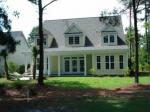
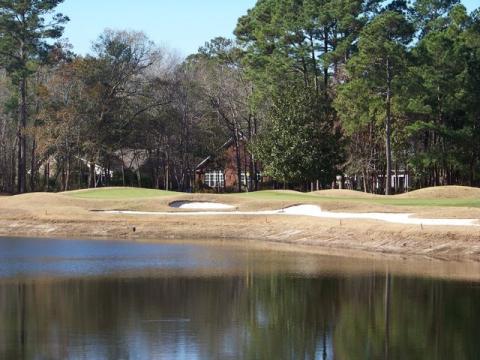 Last house on the left: You can enjoy some good BBQ on Sunday behind the 3rd green at Pawleys Plantation. Photo by Tim Gavrich.
Last house on the left: You can enjoy some good BBQ on Sunday behind the 3rd green at Pawleys Plantation. Photo by Tim Gavrich.



